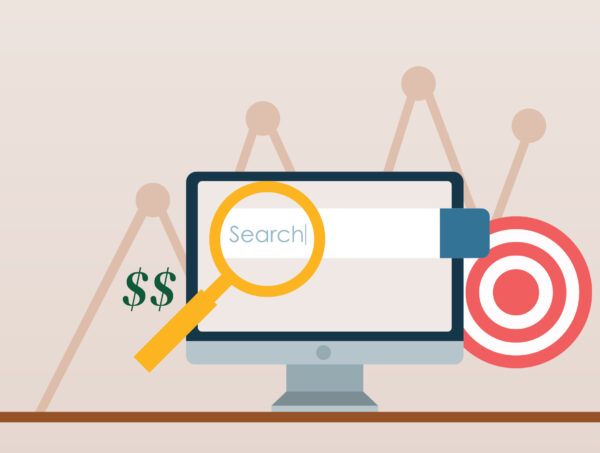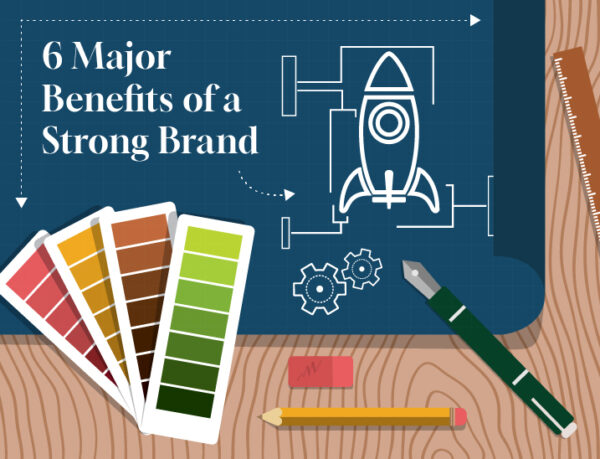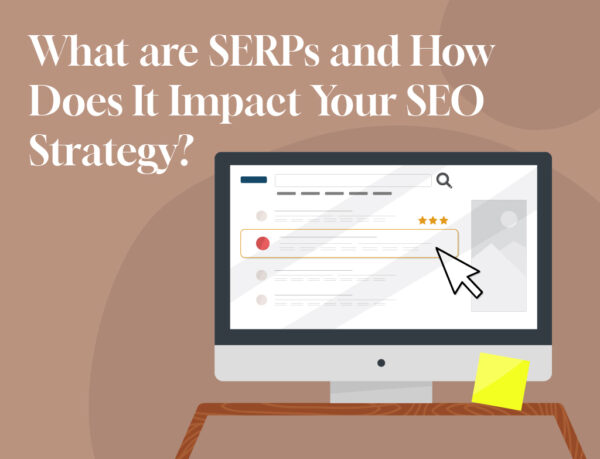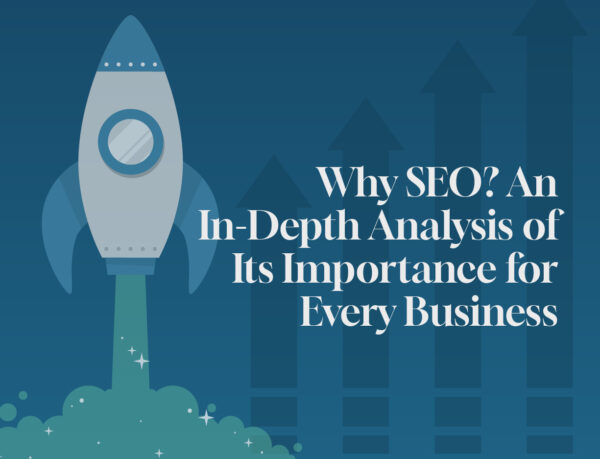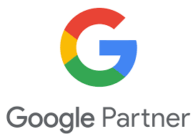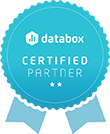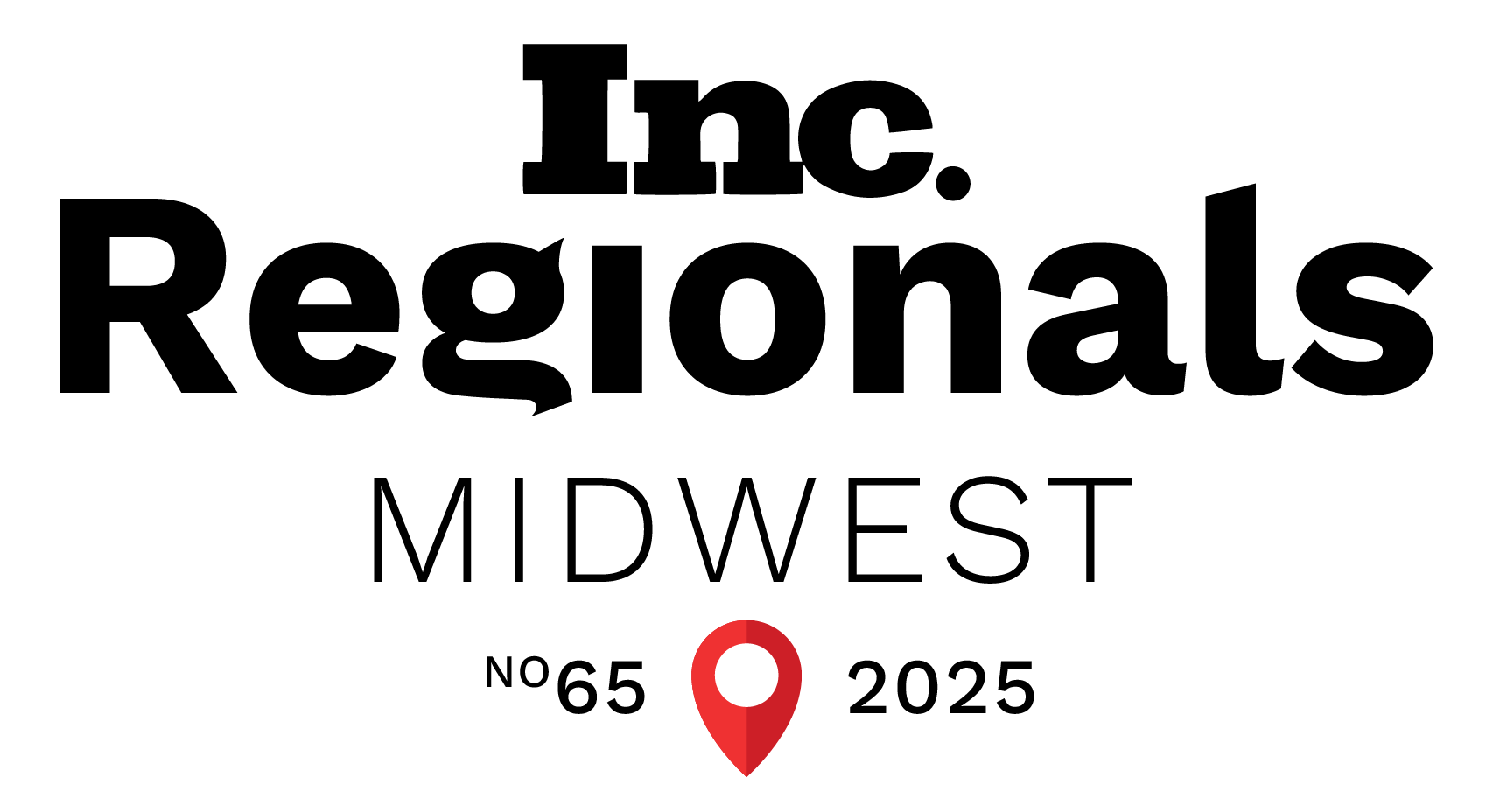Content Marketing vs. Inbound Marketing: A Digital Marketing Harmony Made In Heaven
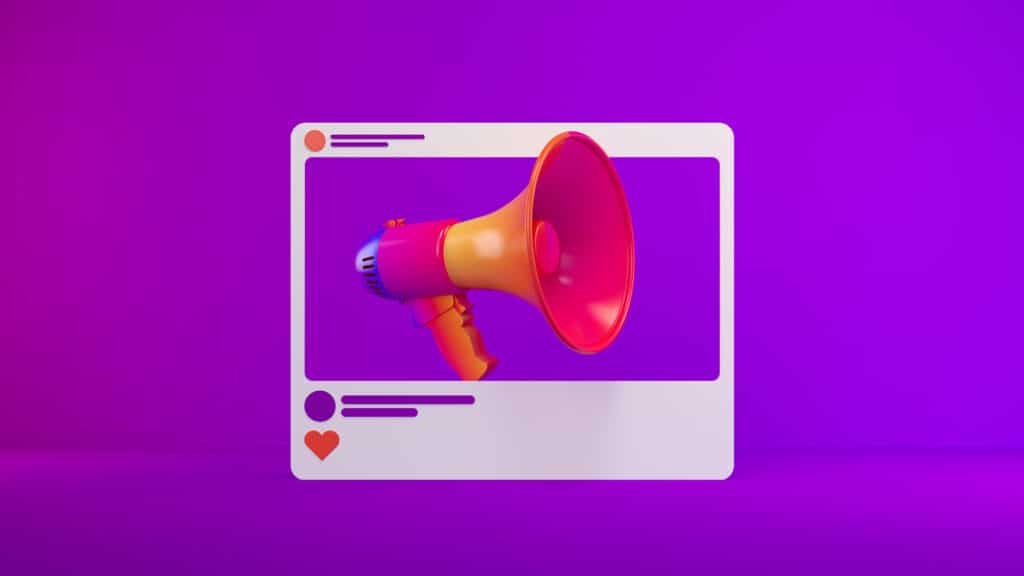
In This Article
In the digital marketing world, there is sometimes confusion about the difference between content marketing and inbound marketing. In this article, we’ll explain how they are very similar, what their differences are, and how you can use both harmoniously to make an inbound content marketing strategy that works for your business.
What Is Content Marketing?
Content marketing is the practice of producing content for a specified audience. Content marketing is how you communicate to your audience about:
- Who you are
- What you stand for
- How you can help your audience with their needs and wants
Like with interpersonal relationships, communication is key. A content marketing strategy is necessary to tell your story to your audience.
Content Marketing Goals
Content marketing capitalizes on using words, images, and videos as your best resource. Words have the power to inform, evoke feelings, and build relationships and connections. The content you create works towards the main purpose of telling your story to the people who need to hear it. Content is a powerful tool and, if done correctly, can:
- Build trust with your audience
- Increase brand awareness
- Establish yourself as an authoritative voice in your industry
- Provide relevant information that your target audience is searching for
- Drive site traffic
- Increase organic search traffic
- Boost lead generation
A strong content marketing strategy finds the balance between human behavior and website optimization. No matter what your specific digital marketing goals may be, content drives the way you communicate with your audience.
Digital Marketing Techniques of Content Marketing
Content marketing practices are active whenever you communicate with your audience; where there is content, there is communication. Having a content marketing strategy is important because intention matters. Your intent in your content is to achieve a goal, whether that goal is building brand awareness or showing your products off to qualified leads.
No matter what the goal, you need to have your brand in mind when writing content. The words you produce and publish tell the story of who you are. Whether it’s a single tweet with a constraint of 280 characters or it’s an 8,000 word blog post, the content you produce acts as an introduction of who you are to your audience.
Some examples of content marketing include:
- Blogs
- Emails
- Social media posts
- Website content
- Infographics
- Case studies
- Product descriptions
- Video testimonials
- And just about any form of communication between your business and your audience
Content marketing is how you tell your audience who you are and what you’re all about. Having an intentional content marketing strategy will help ensure your content is consistent with your business’s mission, vision, and narrative.
Inbound marketing uses digital marketing techniques to make the pathway to your business clear for customers. Inbound marketing moves away from more traditional marketing techniques and broad strategies, such as cold calling and billboards. Instead, inbound marketing uses personalized advertisements to meet a potential customer’s needs.
Inbound marketing is the process of optimization to create leads. Those leads- the people who may become customers- will see the value of your business. The elusive term “digital marketing techniques” is actually quite specific when talking about inbound marketing in detail.
The process of optimization means taking elements of your brand—such as content, design, webpages, and individual advertisements—and making specific pieces of content optimized for a particular website user. These elements come together to show the viewer the value of your business, product, and service.
Veering away from digital marketing terms, inbound marketing can be summarized like this:
Inbound marketing makes it easy for a person to find your company or product when they search for answers to their questions on a search engine. In addition, inbound marketing boosts your brand by showing your business’s value to the audience member, resulting in people remembering who you are so when they are in need of your product or service, you’ll be the first business they think of.
Inbound Marketing Goals
Inbound marketing has three major goals:
- Generate qualified leads
- Strengthen relationships with customers by building trust
- Increase your online presence
Generating qualified leads is the difference between telling everyone about your product—even though only 10% of a given population will find a use for it—versus focusing on that 10% of the population and putting your efforts into converting them from interested potential customers to actual paying customers.
This leads us to strengthening relationships. The more energy you put into qualified leads, the more your customers will get to know you, which helps you establish both trust and brand loyalty. This way, you have:
- Returning customers/clients
- Brand ambassadors who support your brand and will want others to support it too
- Brand loyalty because your leads-turned-customers trust your product or service
Last but not least, inbound marketing increases your online visibility to those who are qualified leads and, eventually, trusting customers. Inbound marketing uses digital marketing tools to place your business both on the screens and in the sightline of the right people.
Before people can become paying customers, they need to know your business exists. Make sure they do by increasing your online presence with inbound marketing.
Digital Marketing Techniques of Inbound Marketing
Let’s get into the specifics of inbound marketing. There are many different ways to apply inbound marketing strategies, each coming with its own set of efforts and nuances. The combined efforts of inbound marketing techniques can help you achieve your digital marketing goals.
When discussing content marketing vs. inbound marketing—a topic we tackle in depth in the next section—it’s important to know that content marketing is used to support inbound marketing. The visual and written aspects of inbound marketing are in the realm of content marketing.
- Email marketing
- Hosting events
- Creating landing pages
- Paid advertising
- Search engine optimization (SEO)
- Social media marketing
Using inbound marketing tools and techniques will make your website more accessible and visible to the audience that is made up of people who are the most likely to become qualified leads.
Content Marketing vs. Inbound Marketing: Breaking Down the Differences
Many people use the terms content marketing and inbound marketing interchangeably. It’s true that both types of marketing do share attributes. But there are specific differences between the two modes of marketing, particularly in how they are conducted. Let’s first take a look at their similarities so we can then differentiate between the two with more clarity.
Similarities Between Content Marketing and Inbound Marketing
Content marketing and inbound marketing are both non-intrusive methods of marketing, meaning both methods focus on making content and advertisements that are more personalized and attentive to the needs of audience members.
A main focus of both content and inbound marketing is to make sure the customer experience is satisfying. Both types of marketing are focused on increasing the business’s brand awareness and building relationships with customers.
Differences Between Content Marketing and Inbound Marketing
The two marketing techniques do share similar characteristics, the primary one being a customer-focused approach to building relationships. The main difference between the two is how that goal is accomplished.
Content marketing focuses on telling the story of your business to your customers. It uses syntax, diction, and tone to literally tell your audience the information they need to know about your products/services and business.
Inbound Marketing is the effort to optimize your website to drive lead conversions.
Where content marketing focuses on “broader” target audiences, inbound marketing looks at an audience member who has been directed to your website and needs more refined, specific information.
We say “broader” because a target audience is a direct definition of the type of people you want to attract with your marketing; target audiences can be found in many places. Inbound marketing also focuses on your target audience, but then directs subsections of that target audience to specific locations on your website.
Here’s the overlap: content marketing can be used to drive inbound marketing techniques by using words to give the right information to specific audience members.
Inbound marketing is the explicit actions taken to make the conversion from a qualified lead to a customer. Content marketing can help with that, but is not the only—or even primary—way the conversion happens. Content marketing is used to achieve the goal of inbound marketing, and can be used outside of inbound marketing.
Examples of Content Marketing vs. Inbound Marketing
Reaching Target Audience
Content: Depending on where you are at in the marketing funnel and platform, your content can be aimed at a broader audience or be highly personalized. For example, your homepage is often the first introduction to your company.
You may have four, five, six, or more buyer personas that you need to attract. Your homepage should tell the story of who you are while strategically combining the needs of each buyer persona.
However, as a qualified lead moves down your funnel, they will need content that adheres specifically to their unique needs. You may offer the same product to a variety of audience members, but the way you answer their pain points may need to differ as your audience member’s different attributes become more definitive.
Metric Marketing offers marketing services for many different types of business models. We also specialize in biotech, law firm, and software marketing services. The way we approach each industry needs to fulfill their different needs. We offer a broad range of marketing services, but we approach our niche industries by offering specialized services for their particular needs.
Inbound Marketing: Inbound marketing personalizes content much like content marketing does, but it does so through audience engagement focusing on:
- Targeted advertisements
- SEO best practices
- Customer conversions
Inbound marketing can use content marketing, but it also works to optimize your website for user experience (UX). Inbound marketing makes your audience member’s time on your website positively memorable, and thus more likely to result in a conversion.
Qualified Leads to Conversions
Content marketing can be incorporated into both inbound and outbound marketing. Think of the differences between content marketing vs. inbound marketing like this: Content marketing focuses on relationship building, while inbound marketing looks at how well content marketing and other inbound marketing tactics are performing.
This performance analysis is accomplished using measurable metrics, like the number of:
- People who join an email list
- People who subscribe to a newsletter
- People who complete a purchase
- Unique website visitors
- Total website visits
- Traffic-to-lead ratios
Both content marketing and inbound marketing work towards end goals and can be mutually beneficial to each other. However, the difference is in the details and numbers.
What Should I Use Content Marketing or Inbound Marketing for my Business?
The best way to answer this question is to reframe the idea: Think less about content marketing vs. inbound marketing, and instead focus on content marketing and inbound marketing together.
You can use content marketing to optimize your inbound marketing strategy, thus maximizing your return for inbound marketing techniques.
Applying Inbound Content Marketing to Your Marketing Strategy
The combination of content marketing and inbound marketing is what your marketing strategy needs. Content marketing is the written and created pieces that tell your story and attract your audience. Inbound marketing is the intentional, strategic placement of content and website layout to make sure engagement happens. In fact, it’s actually to your benefit to make a content strategy for your inbound marketing.
Use both techniques together to:
- Promote your brand
- Build relationships with your audience members
- Be the business that people see online
Reach Out to Metric Marketing for Inbound Content Marketing Tips
If you are ready to dive deeper into inbound marketing, reach out to our team of experts at Metric Marketing.
We offer comprehensive content marketing services to help you attract and engage your target audience effectively. We are happy to answer any and all questions you may have about the specifics of creating an inbound content strategy, and we can even help you develop your own. Heck, you can even let us do the work for you!
Give us a call at (734) 404-8714 or fill out our online contact form today. We look forward to hearing from you!
Must-read articles
Looking for something else?
There's so much more
Ready to Inquire?

